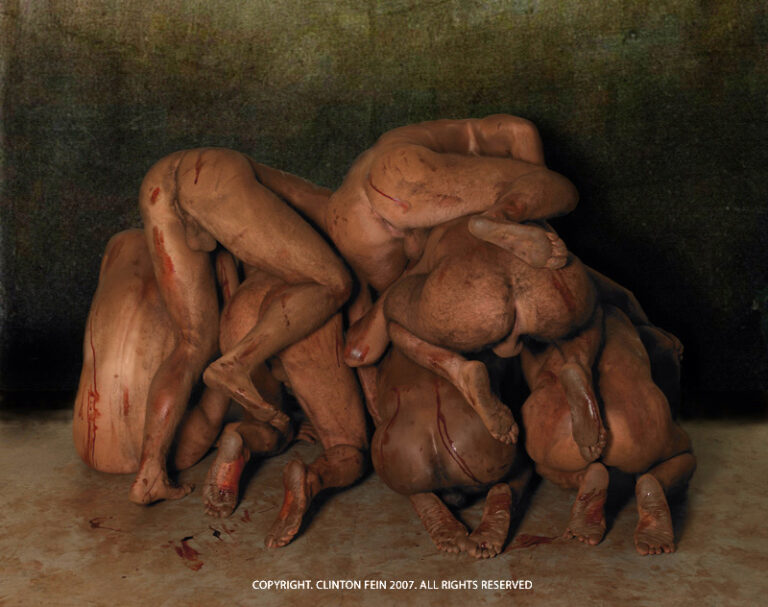
Torture Exhibition Video Promotion
What YouTube Would Argue
Upholding community guidelines: YouTube has community guidelines that prohibit hate speech, harassment, and the promotion of harmful ideologies. Removing content that violates these guidelines can help maintain a respectful and inclusive online environment.
Preventing harm and incitement: Failing to remove a promotional video for an exhibition about Torture can be seen as promoting harmful ideologies and potentially inciting hatred or violence. Removing such content may help prevent the spread of harmful ideas and protect individuals from harm. (This does not apply to imagery or videos depicting Jesus being tortured on a cross.)
The Downside of YouTube as Arbiter
Censorship concerns: Removing content based on offensive or controversial opinions raises concerns about censorship. Even though only governments can censor speech, as a platform, YouTube should be cautious about suppressing speech, as it may set a precedent for restricting other forms of expression in the future.
Chilling effect on free speech: When a platform removes content for its controversial nature, it may discourage individuals from expressing dissenting or unpopular opinions, even if they have a legitimate basis for their views. This can have a chilling effect on free speech and impede open dialogue and debate.
Inconsistency and bias: Content moderation can be subjective, and decisions made by platforms may be influenced by biases or varying interpretations of community guidelines. In this case, concerns may arise about the consistency of enforcing guidelines and potential biases in removing specific content.
The Promotional Video Removed by YouTube
Clinton Fein’s exhibition, Torture, opened at Toomey Tourell Gallery in San Francisco in January 2007 as a shocking and defiant exploration of America’s approach to torture under the Bush administration.
A series of staged and digitally manipulated photographic images recreate the infamous torture scenes from Abu Ghraib prison in Iraq, transforming the diffuse, muted and low-resolution images into large-scale, vivid, powerful and frightening reproductions.
